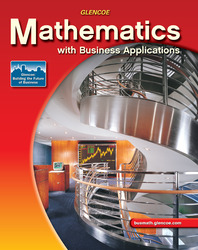
Mathematics with Business ApplicationsChapter 16:Business Math in ActionThe Power of 9 and Other Pricing FormulasRemember the first time you realized that $19.99 was essentially the same amount as $20? Your next thought might have been, “Hey! How dumb do they think I am?” The folks setting prices don’t think they’re fooling you about that one cent. They’re just basing their price on proven consumer patterns. After cost, profit margin, value to customer, and other elements are factored in, retailers must decide on a final price that shoppers will see. That’s where psychological pricing comes in. And when it comes to how consumers perceive price, the number 9 is magic. Odd-number pricing-for example, $9.99 instead of $10-originated in the late 1800s. Although a penny bought a lot more in those days, merchants must have been astonished at the results. Clearly, shoppers weren’t responding in a rational way to the one-cent difference. In the years that followed, researchers have studied which prices result in the strongest sales, and why. Among their discoveries:
The power of 9 and other odd-number pricing has proved so effective over the past century that today round-number pricing is rare. You’re most likely to find it in high-end stores or restaurants, where the merchants want to stress the snob factor or the high quality of their goods. For everything else, from chewing gum to houses, odd-number pricing rules. |  |















